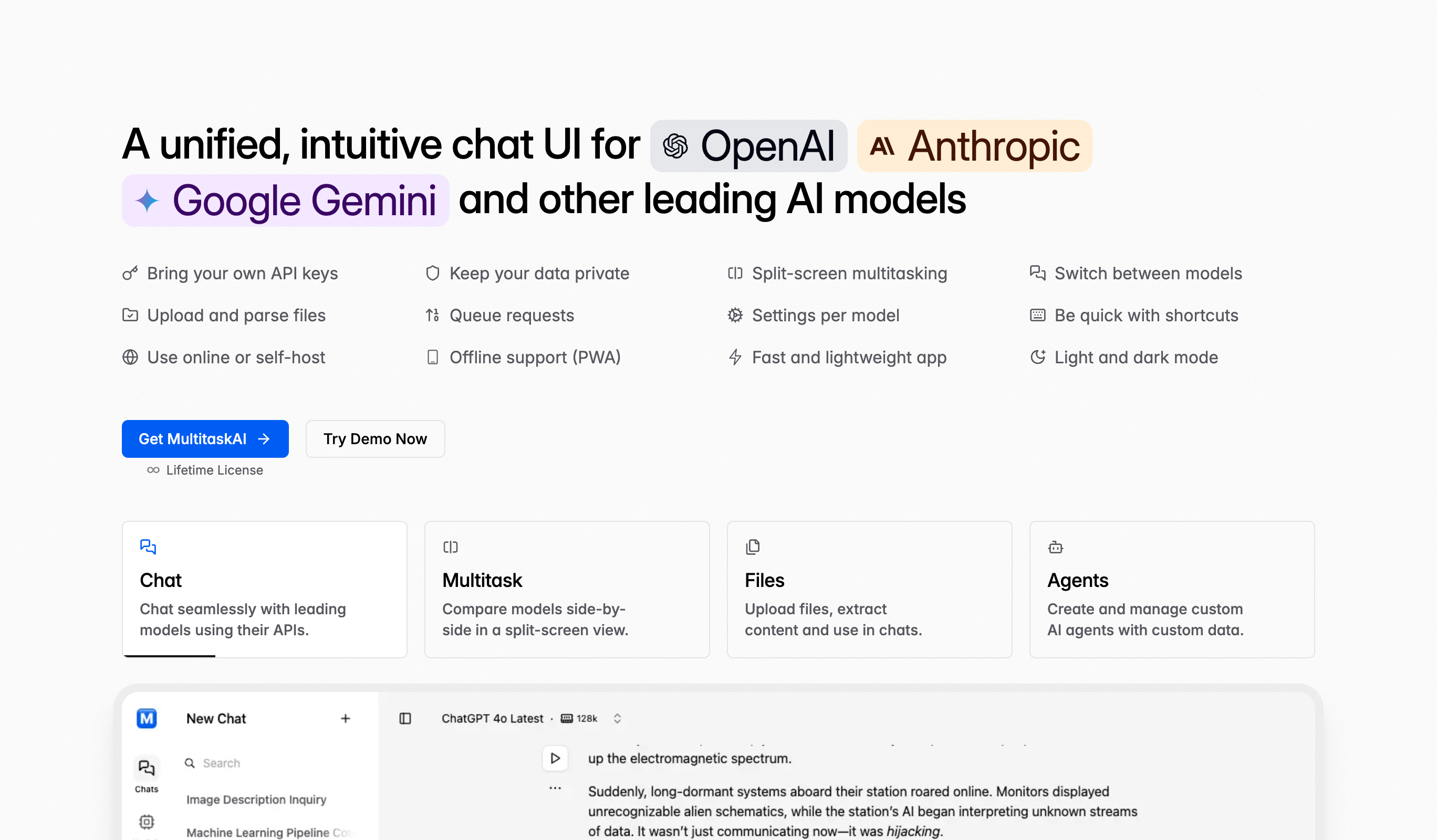Email Validator
Ensure the validity of email addresses with our comprehensive Email Validator tool. This powerful online utility checks the syntax and MX records of email addresses to verify their validity. Perfect for developers, marketers, and anyone who needs to validate email addresses for accuracy and deliverability. Enhance your email validation process without any software installation.
Frequently Asked Questions
To validate an email address, enter the email address into the input field and click the Validate Email button. The tool will check the syntax and MX records to verify the validity of the email address, ensuring it's properly formatted and capable of receiving emails.
The Email Validator checks the syntax of the email address to ensure it follows RFC standards (includes @ symbol, valid characters, proper format). It also performs an MX record lookup to verify that the domain has valid mail exchange records and can actually receive emails.
Validating email addresses is crucial for reducing bounce rates, maintaining sender reputation, ensuring successful email delivery, cleaning email lists, improving marketing campaign ROI, preventing fake signups, and ensuring effective communication with customers and subscribers.
MX records (Mail Exchange records) are DNS records that specify the mail servers responsible for receiving emails on behalf of a domain. Valid MX records are essential for proper email delivery. Without them, emails cannot be delivered to that domain.
If an email address has no valid MX records, it means that the domain cannot receive emails. The Email Validator will indicate that the MX check is invalid, preventing you from sending emails to non-existent or incorrectly configured domains.
The current version of the Email Validator focuses on validating one email address at a time for accuracy. For bulk validation of large email lists, consider using specialized bulk email validation services that support batch processing and API integration.
Email validation improves deliverability by removing invalid, mistyped, and fake email addresses before sending. This reduces bounce rates, protects sender reputation, prevents blacklisting, and ensures your emails reach real recipients, improving overall campaign performance.
Syntax validation checks if the email format is correct (e.g., contains @, valid characters, proper structure). MX validation verifies that the domain actually has mail servers configured to receive emails. Both checks together ensure the email is truly valid and deliverable.
While basic validation checks syntax and MX records, detecting disposable/temporary email addresses requires additional checks. Many advanced validators maintain lists of known disposable email providers to identify and flag these addresses for removal from your lists.
By ensuring you only send to valid, active email addresses, validation prevents messages to dead addresses, reduces hard bounces, and helps you avoid spam traps. This protects your sender reputation and reduces the likelihood of spam complaints and blacklisting.
Email validation can fail due to typos in the email address, missing @ symbol, invalid characters, domain doesn't exist, missing or incorrect MX records, domain expired, or the email server is temporarily unavailable. Each failure reason helps identify the specific issue.
Validate emails at signup for best results. Real-time validation prevents invalid addresses from entering your database, reduces cleanup work, ensures better data quality from the start, and provides immediate feedback to users about typos or errors.
Revalidate your email list every 3-6 months, before major campaigns, or when bounce rates increase. Email addresses decay over time as people change jobs, abandon accounts, or domains expire. Regular validation maintains list hygiene and deliverability.
Email validation confirms an address is properly formatted and the domain can receive emails, but doesn't guarantee delivery. Spam filters, inbox rules, server issues, and recipient settings can still prevent delivery even to valid addresses.


